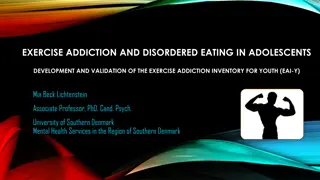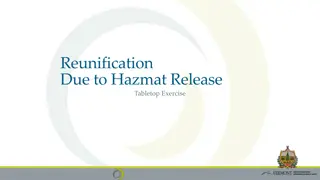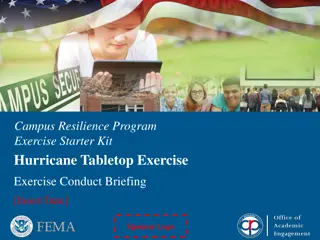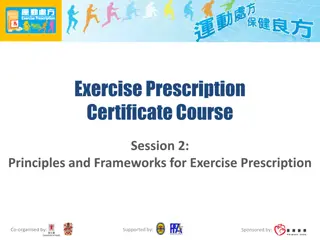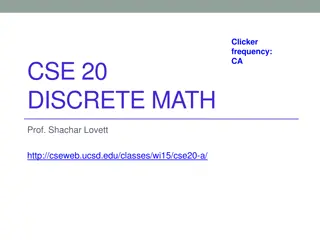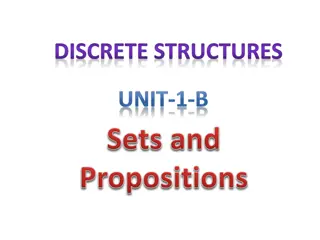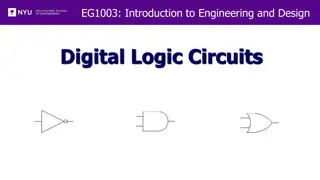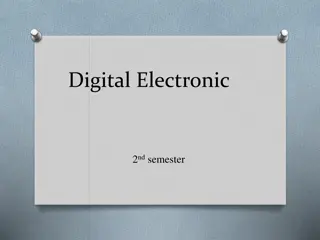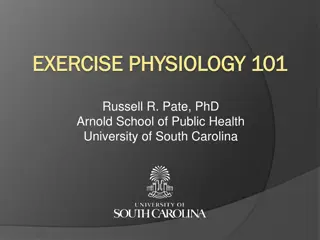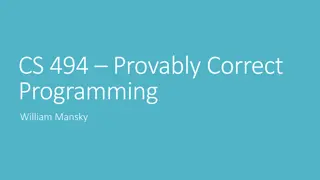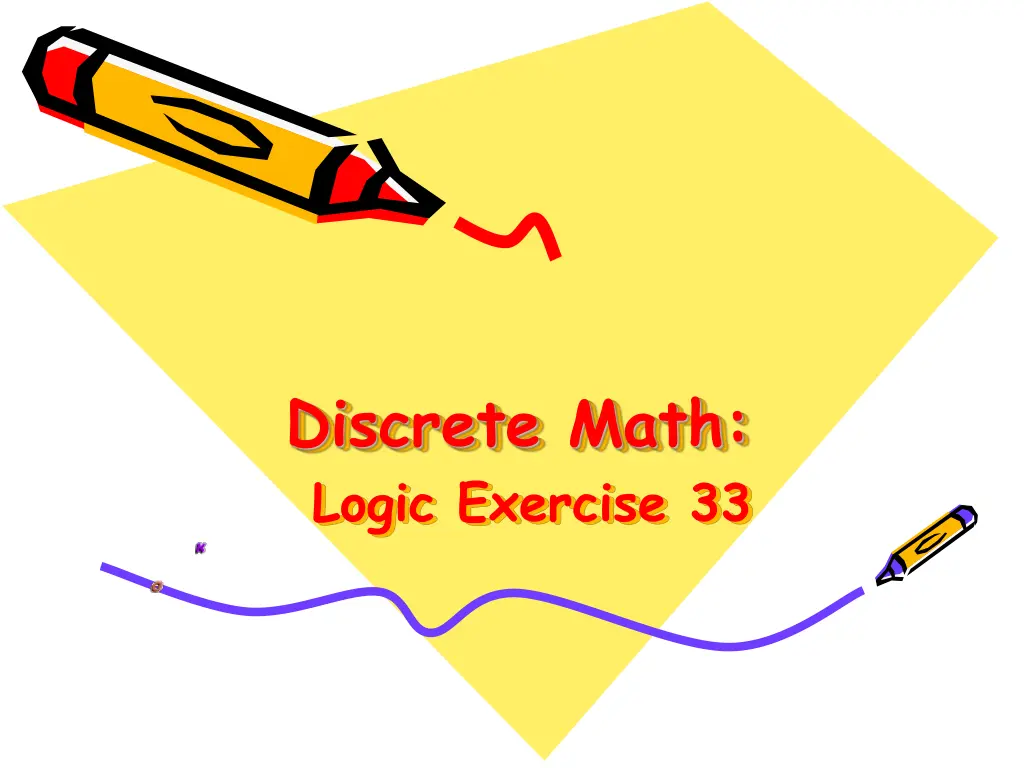
Logic Exercise in a Remote Village
Explore a logic exercise involving truth-telling and lying villagers in a remote village to determine the correct path to take. Learn how to ask a strategic question to get the right answer.
Download Presentation

Please find below an Image/Link to download the presentation.
The content on the website is provided AS IS for your information and personal use only. It may not be sold, licensed, or shared on other websites without obtaining consent from the author. If you encounter any issues during the download, it is possible that the publisher has removed the file from their server.
You are allowed to download the files provided on this website for personal or commercial use, subject to the condition that they are used lawfully. All files are the property of their respective owners.
The content on the website is provided AS IS for your information and personal use only. It may not be sold, licensed, or shared on other websites without obtaining consent from the author.
E N D
Presentation Transcript
Discrete Math: Logic Exercise 33
Exercise Each inhabitant of a remote village always tells the truth or always lies. A villager will give only a Yes or a No response to a question a tourist asks. Suppose you are a tourist visiting this area and come to a fork in the road. One branch leads to the ruins you want to visit; the other branch leads deep into the jungle. A villager is standing at the fork in the road. What one question can you ask the villager to determine which branch to take?
Solution There are many correct answers to this problem, but all involve some sort of double layering, or combining a question about the kind of person being addressed with a question about the information being sought. One solution is to ask this question: "If I were to ask you whether the right branch leads to the ruins, would you say 'yes'?" If the villager is a truth- teller, then of course he will reply "yes" if and only if the right branch leads to the ruins. Now let us see what the liar says. If the right branch leads to the ruins, then he would say "no" if asked whether the right branch leads to the ruins. Therefore, the truthful answer to your convoluted question is "no." Since he always lies, he will reply "yes." On the other hand, if the right branch does not lead to the ruins, then he would say "yes'' if asked whether the right branch leads to the ruins; and so the truthful answer to your question is "yes"; therefore he will reply "no."
Solution Note that in both cases, he gives the same answer to your question as the truth-teller; namely, he says "yes" if and only if the right branch leads to the ruins. A more detailed discussion can be found in Martin Gardner's Scientific American Book of Mathematical Puzzles and Diversions (Simon and Schuster, 1959), p. 25; reprinted as Hexafiexagons and Other Mathematical Diversions: The First Scientific American Book of Puzzles and Games (University of Chicago Press, 1988).
References Discrete Mathematics and Its Applications, McGraw-Hill; 7th edition (June 26, 2006). Kenneth Rosen Discrete Mathematics An Open Introduction, 2nd edition. Oscar Levin A Short Course in Discrete Mathematics, 01 Dec 2004, Edward Bender & S. Gill Williamson

